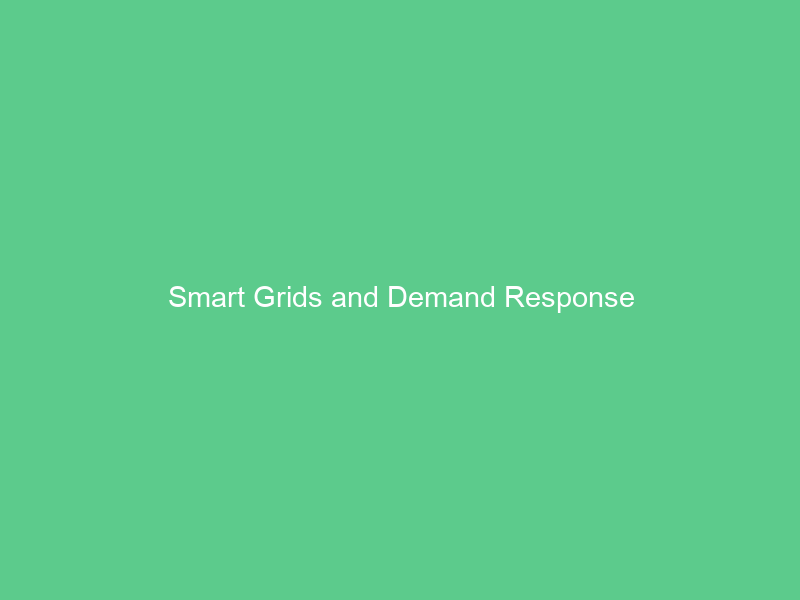Smart grids use digital technology to monitor and control electricity distribution, enabling better integration of renewable energy sources while decreasing environmental impacts.
Smart grids offer many benefits to consumers, including more efficient billing. Unfortunately, many consumers remain unaware of these advantages and may be unwilling to alter their energy use habits accordingly.
Real-time data
The smart grid is an advanced power network that uses digital technology to monitor, control, and optimize energy resources. It consists of numerous advanced devices – sensors and smart meters among them – designed to track energy usage data and provide feedback back to utilities about potential inefficiencies or issues in energy supply.
Data generated from wind turbines can also be used to make decisions regarding power production. It can help determine which sources should be prioritized based on weather and other considerations; this will enable the grid to operate more efficiently while cutting costs.
Real-time data management systems must be robust and secure, especially given its real-time nature. Devices collect sensitive customer information as well as energy usage data, so safeguards must be put in place against cyberattacks or any other forms of attack. Utilities may consider time series databases such as InfluxDB which is specifically designed to manage time series data in real time – making this type of database perfect for managing smart grid data.
Integration of renewable energy
Smart grid technology facilitates efficient communication between suppliers (and their energy prices) and consumers (and their willingness-to-pay). This enables flexible generators to sell power at the right time, and gives consumers the power to adjust consumption at different times throughout the day based on pricing signals.
PMUs monitor fluctuations in voltage and current, providing information to computers that can detect and respond to potential problems. If one line becomes overloaded with electricity, for instance, computers may signal protective relays to sound an alarm or activate a circuit breaker to respond accordingly.
Smart grid infrastructure also facilitates decentralized energy production from wind turbines, solar panels and residential photovoltaic systems – such as wind turbines, solar panels and residential photovoltaic systems – which can help reduce dependence on centralized power plants during peak demand periods and disaster management, as well as provide backup sources of power during outages or outage incidents. This helps lower carbon emissions while improving system reliability – creating self-healing grids for an eco-friendlier future!
Energy storage
Waltero’s W-Sensor energy storage technology transforms traditional utility meters into smart digital ones for real-time monitoring and dynamic pricing, leading to efficiency gains and cost reductions. However, infrastructure constraints prevent widespread adoption.
Energy storage improves power system resilience by responding to various scenarios, such as cyber attacks and climate events. Furthermore, grid-scale storage may help lower electricity costs for end users by decreasing demand charges and peak pricing charges.
Smart technology added to existing power lines (transmission and distribution) can expand capacity and resiliency without the need for expensive new infrastructure, which can be both cost prohibitive and environmental harmful. Coupled with energy storage solutions, adding smart technology can even enable multiple homes to act as virtual power plants selling electricity back to the grid. It may even reduce energy bills and emissions by decreasing demand during high consumption periods (known as demand response).
Demand response
At times of high demand and limited supply, utilities pay customers to reduce energy consumption – known as demand response – in order to avoid grid overload and outages, save customers money on their kWh charges or sell back into the market their excess power. Unfortunately, demand response requires sophisticated energy management systems and incentives in order to be implemented successfully.
DR can enhance smart grid reliability by shifting energy consumption during periods of lower demand, improving self-healing capabilities and decreasing production costs by decreasing fossil fuel usage for power production.
Demand response programs can be divided into three broad categories: economic, emergency and ancillary. Economic programs involve temporarily decreasing energy use to stabilize near-term pricing – these events typically last a few hours but can be highly profitable for participants. Emergency programs may be called upon in cases of power outages or supply and demand imbalances on the grid and require swift responses from demand response participants.

